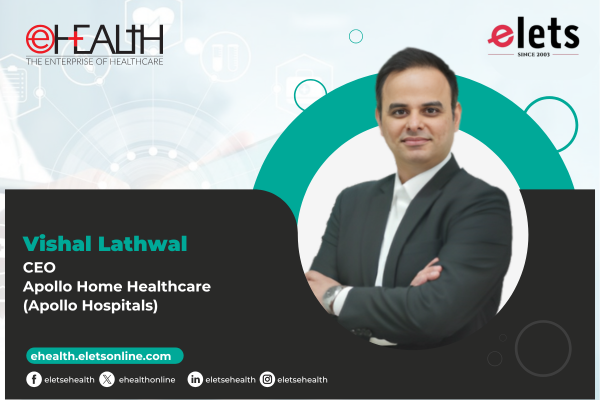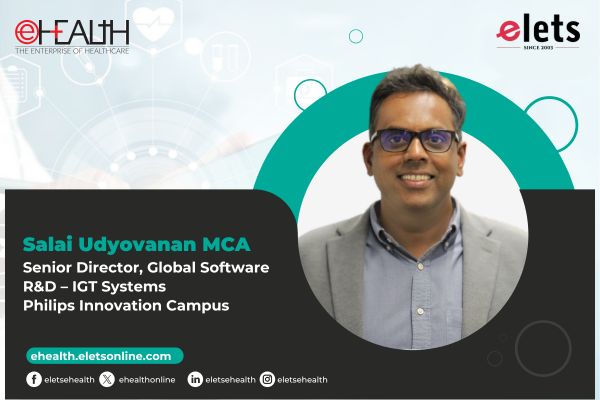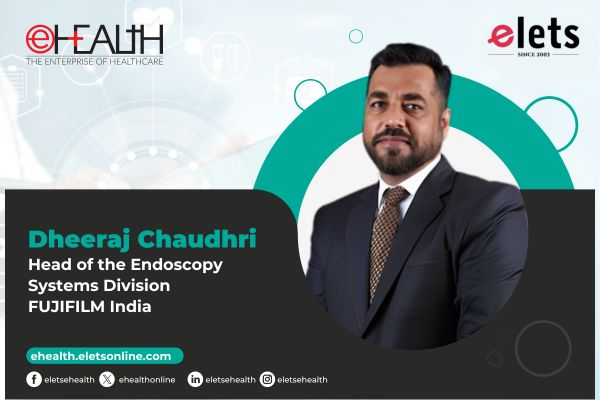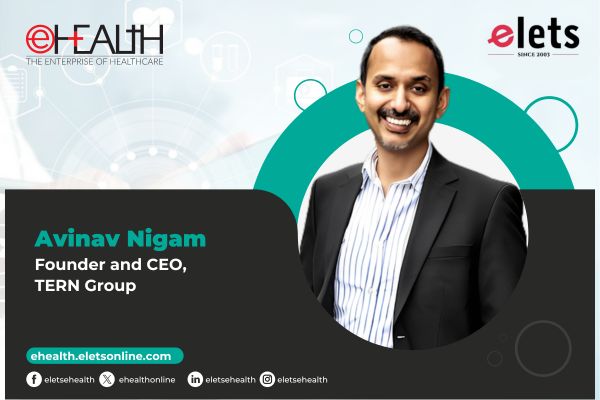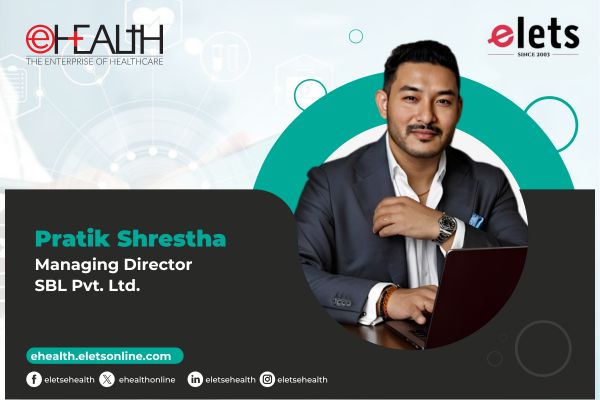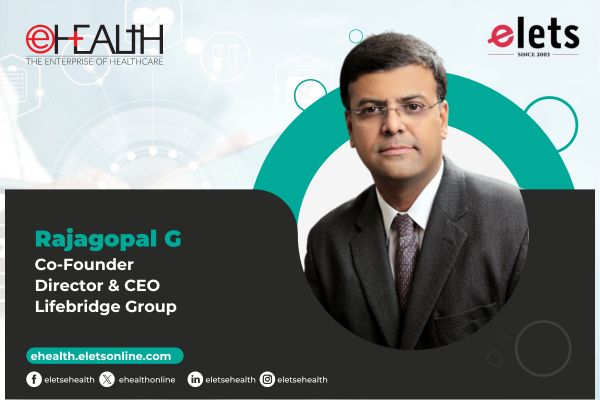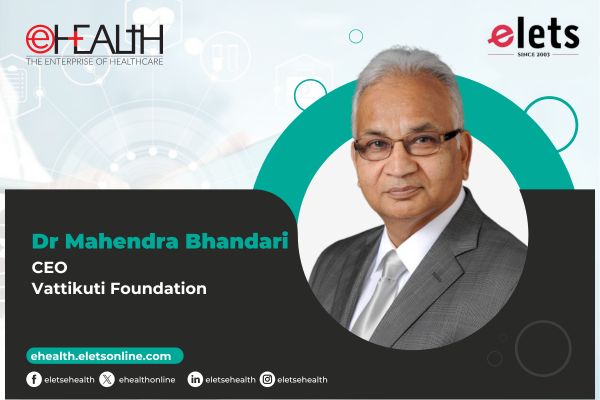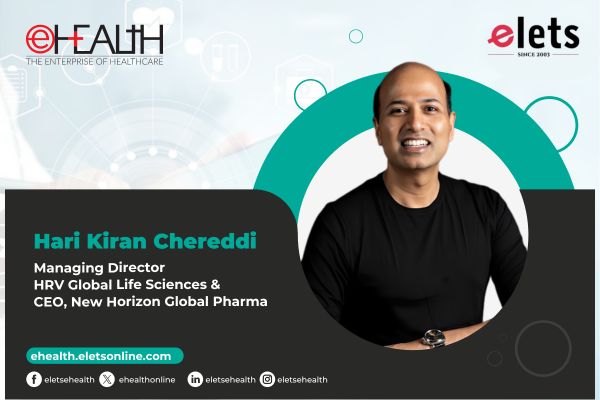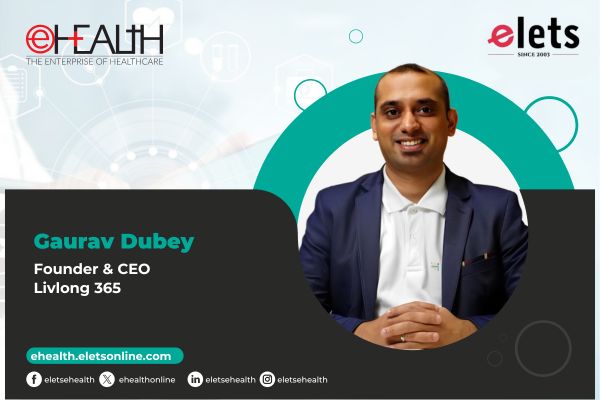
Cardiovascular diseases are the leading cause of mortality globally, responsible for nearly 17.9 million deaths annually, or 32% of all deaths. Factors such as urbanization, sedentary lifestyles, and unhealthy diets contribute to this growing burden. The World Health Organization emphasizes that early diagnosis and effective management are crucial. Healthcare technologies, particularly Electronic Health Records (EHR) and Health Management Information Systems (HMIS), play a vital role in enhancing patient outcomes and streamlining cardiac care by enabling timely and coordinated treatment. Siddharth Nakade, Co-founder and Chief Product Officer, MEDNET Labs – Oakland Systems Pvt. Ltd., shares deep insights into these developments in an exclusive conversation with Dr. Asawari Savant, Sr. Sub Editor, Elets Technomedia. Edited excerpts:
Cardiovascular diseases are a growing global concern. Could you explain why this issue is becoming more critical and what role healthcare technology plays in addressing it?

Absolutely. Cardiovascular diseases (CVDs) are one of the leading causes of mortality worldwide. Factors such as urbanization, sedentary lifestyles, unhealthy diets, and increasing stress levels contribute to the rising incidence of heart-related conditions. As the burden of CVDs grows, healthcare technology, particularly Electronic Health Records (EHR) and Health Management Information Systems (HMIS), is becoming essential in improving patient outcomes and managing this crisis effectively.

How exactly do EHR systems contribute to better cardiac health outcomes?

EHR systems have transformed healthcare by digitizing patient data and making it accessible to healthcare providers in real-time. For cardiac patients, this means physicians can quickly access a comprehensive history, including vital signs, lab results, medications, and past interventions. This access is crucial for timely decision-making, especially during emergencies. For instance, if a patient comes in with chest pain, the physician can review their medical history immediately, leading to faster diagnosis and intervention.

Can EHR systems help in managing complex cardiac cases involving multiple specialists?
Definitely. Cardiac care often requires collaboration between cardiologists, primary care physicians, nutritionists, and other specialists. EHR systems allow seamless sharing of patient information across different healthcare providers, ensuring a coordinated and holistic approach to care. This is particularly important in managing patients with comorbidities, such as diabetes or hypertension, which can affect treatment decisions for heart conditions.
How do EHR systems empower patients to take control of their heart health?
Many EHR systems include patient portals that allow individuals to access their health records, schedule appointments, and communicate with their healthcare teams. This feature enables patients to take an active role in managing their heart health. By having access to their health information, patients are more likely to adhere to treatment plans and make necessary lifestyle changes, which are crucial for managing heart conditions.
Let’s shift focus to HMIS. How does this technology complement EHR in cardiac care?
HMIS offers a broader view of health data management, integrating various aspects of healthcare delivery, such as patient demographics, disease surveillance, and treatment outcomes. In the context of cardiac care, HMIS can aggregate data from multiple sources, helping healthcare institutions and public health officials identify trends and develop targeted prevention programs. By doing so, HMIS contributes to reducing the incidence of heart diseases.
How can HMIS be leveraged for immediate interventions during cardiac emergencies, especially in remote areas?
One of the revolutionary aspects of healthcare technology is its ability to assist in real-time interventions during emergencies like myocardial infarction (MI). Through teleconsultation, cardiologists can guide paramedics or primary care providers on administering life-saving treatments, such as thrombolytic drugs, even before the patient reaches a hospital. This rapid response capability is particularly beneficial in remote or pre-hospital settings, where timely access to specialized care is challenging.
What role does HMIS play in resource allocation and public health surveillance for cardiac care?
HMIS helps healthcare providers and institutions allocate resources more effectively by analyzing data on the prevalence of cardiac diseases in specific communities. This ensures that attention and resources are directed toward areas with the greatest need for interventions. Additionally, HMIS plays a crucial role in public health surveillance by tracking the incidence and prevalence of heart diseases. The data gathered can inform national and international health policies, aiding in better preparedness and responses to public health challenges.
Despite the benefits of EHR and HMIS, there are challenges in their implementation. Could you elaborate on these?
There are indeed several challenges. One of the most significant is data security. Protecting sensitive health information is critical, and healthcare systems must implement robust cybersecurity measures to prevent data breaches. Another challenge is the need for substantial investment in both the technology and the training of healthcare staff. Ensuring that healthcare providers are proficient in using EHR and HMIS systems is vital for maximizing their potential.
Interoperability is often mentioned as a challenge in healthcare technology. How does it affect EHR and HMIS implementation?
Interoperability is indeed a key issue. Different EHR and HMIS systems may not communicate effectively with one another, leading to fragmented patient information. This lack of standardization can hinder the seamless exchange of data across healthcare providers, impacting the quality of care. Overcoming this challenge requires establishing standardized protocols for data exchange to ensure that healthcare providers can access comprehensive and unified patient information.
You mentioned the use of IoT devices for cardiac care. How are they enhancing patient monitoring?
IoT devices, such as smart ECG monitors and blood pressure cuffs, are revolutionizing the way we monitor patients with chronic heart conditions, like heart failure or arrhythmias. These devices can transmit real-time data directly to healthcare providers, allowing for continuous monitoring and early detection of potential issues. This reduces the need for frequent hospital visits and enables more proactive management of cardiac conditions.
Also Read: Strategic GenAI Adoption Poised to Revolutionize Life Sciences Sector: HFS Research Report
As healthcare technology continues to evolve, what steps should healthcare providers, policymakers, and patients take to ensure its successful integration into cardiac care?
It’s essential for healthcare providers, policymakers, and patients to work together to embrace these technological advancements. Healthcare providers need to prioritize data sharing and collaboration across systems, while policymakers should focus on creating frameworks that support interoperability and data security. Patients also have a role to play by engaging with these technologies and taking an active part in managing their heart health. By fostering a collaborative environment, we can pave the way for better cardiac care and improved patient outcomes.
In conclusion, how would you summarize the impact of EHR and HMIS on the future of cardiac care?
EHR and HMIS are transforming the way we approach cardiac care. By enabling real-time access to patient data, facilitating collaboration among specialists, and supporting public health initiatives, these technologies are pivotal in improving patient outcomes and managing the rising burden of cardiovascular diseases. The integration of smart devices and continuous monitoring further enhances the potential for early detection and proactive management, ultimately contributing to a healthier future, one heartbeat at a time.
Be a part of Elets Collaborative Initiatives. Join Us for Upcoming Events and explore business opportunities. Like us on Facebook , connect with us on LinkedIn and follow us on Twitter , Instagram.
"Exciting news! Elets technomedia is now on WhatsApp Channels Subscribe today by clicking the link and stay updated with the latest insights!" Click here!






